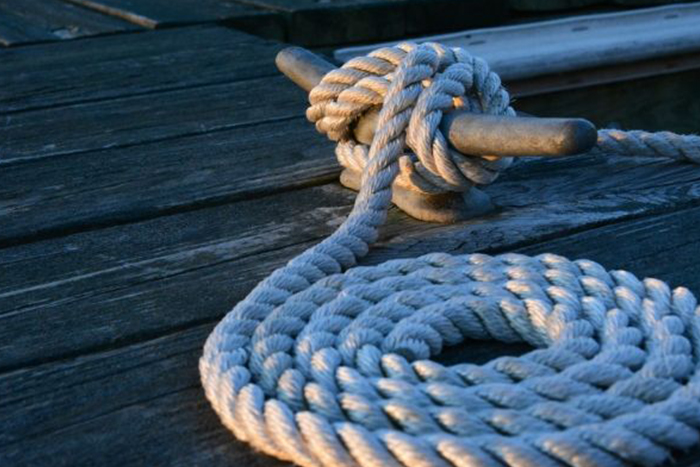
5 Knots Every Boater Must Know
There are a lot of factors that go into securing a boat, starting with dock lines, fenders, and cleats—just to name a few. Managing all that goes into knot tying can sometimes be a team effort, but with a little practice it can become second nature. One critical step is knowing which knot to use in any given situation. It’s extremely important to not only know what knot you should use, but how to actually tie that knot so that it keeps your boat securely fastened.
Let’s outline some of the key differences between the most popular knots used in boating. For more detailed instructions on how to tie each knot, be sure to visit the BoatUS Boat Knots page.
Cleat Hitch Knot
The most common knot used for tying down your boat is the cleat hitch knot. Just to be clear, boat cleats are pieces of hardware, typically made of stainless steel, that are attached to the dock itself and your boat. These are usually shaped like a “T,” or are often referred to as a horn. When tying the cleat hitch knot, you’ll be transferring the load of the boat from your hand to the cleat.
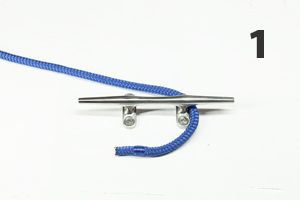
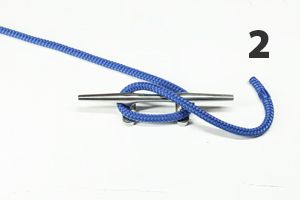
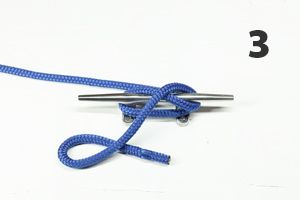
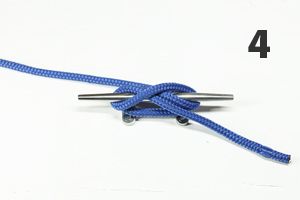
Video: How to Tie a Cleat Hitch Knot
Bowline Knot
Another good knot used for docking is the bowline knot. In general, bow lines are used to prevent the bow of your boat from shifting from side to side—meanwhile, stern lines provide the same effect for the stern of the boat. Regarding the actual bowline knot, you’ll notice that the knot forms a loop at the end of the line.
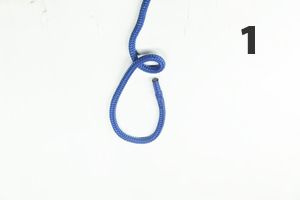
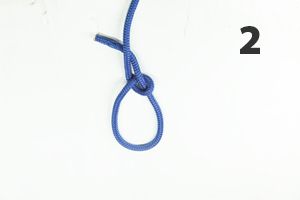
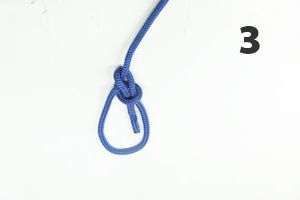
Anchor Bend
Also known as an anchor hitch knot or a fisherman’s bend knot, this knot is typically used for connecting an anchor line to the anchor itself. This useful knot is more commonly used for anchoring a boat, but can also come in handy with other applications.
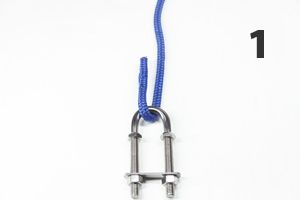
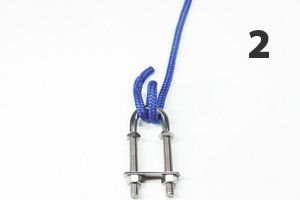
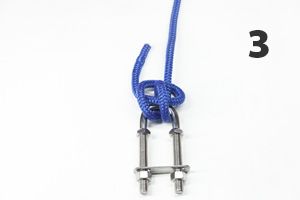
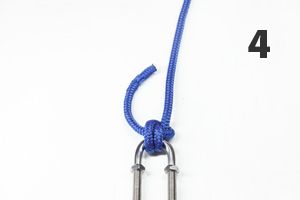
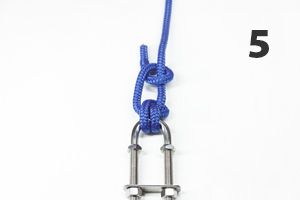
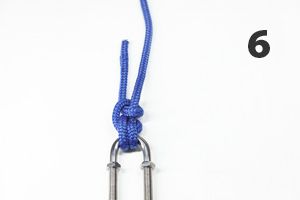
Clove Hitch
In some docking situations, you may find that instead of cleats, you’ll be docking with pilings or a wooden post on a pier. This can be more difficult than docking by tying up to a boat cleat, and in these situations the clove hitch knot is ideal. Using the clove hitch, you’ll notice that it tightens itself under tension, but without tension it can become loose. We suggest using a backup hitch for safety.
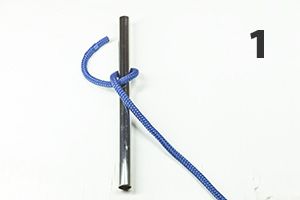
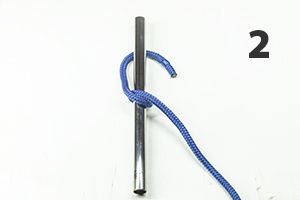
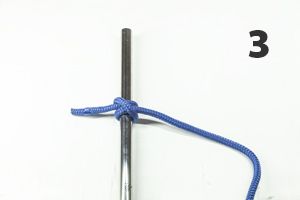
Figure 8 Cleat Hitch Knot
BoatUS refers to the figure 8 knot as a knot that’s “fun to tie and can save you a lot of hassle.” With that in mind, it’s easy to see how it gained its popularity. Similar to the overhand knot, the figure 8 knot is a good “stopper” knot, which is tied at the bitter end of docking lines.
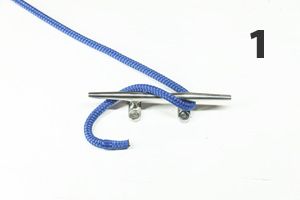
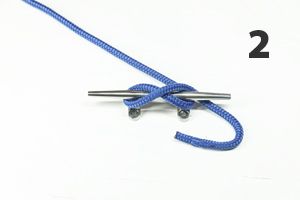
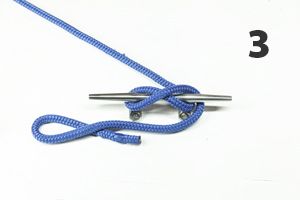
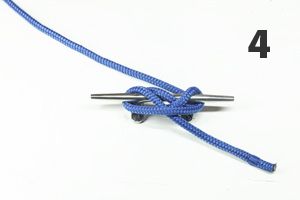
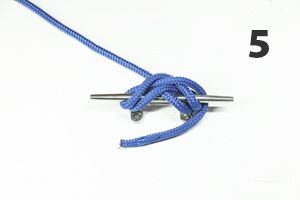
Additional Docking Tips
Becoming familiar with these knots and learning how to tie them is a good first step towards becoming an expert boater. If you’re interested in learning more, BoatUS has additional tips and tricks to help walk you through the entire docking process, knots included.
A few final thoughts to keep in mind when docking your boat:
- Place your fenders on your boat ahead of time so they can help to protect your boat from slamming into the dock.
- Take your time, and never be afraid to pull out of the dock and come around for another try.
- Keep your engines going until all your dock lines are secure.
- Practice, practice, practice—you know what they say, ‘practice makes perfect.’
What’s your favorite knot? Let us know in the comments below!
Visit MarineDepotDirect.com for a wide variety of cost-effective, top quality stainless steel marine hardware. You may also connect with us on Facebook, Instagram, and YouTube for the latest updates or call 818-215-4211 to speak with a representative.
